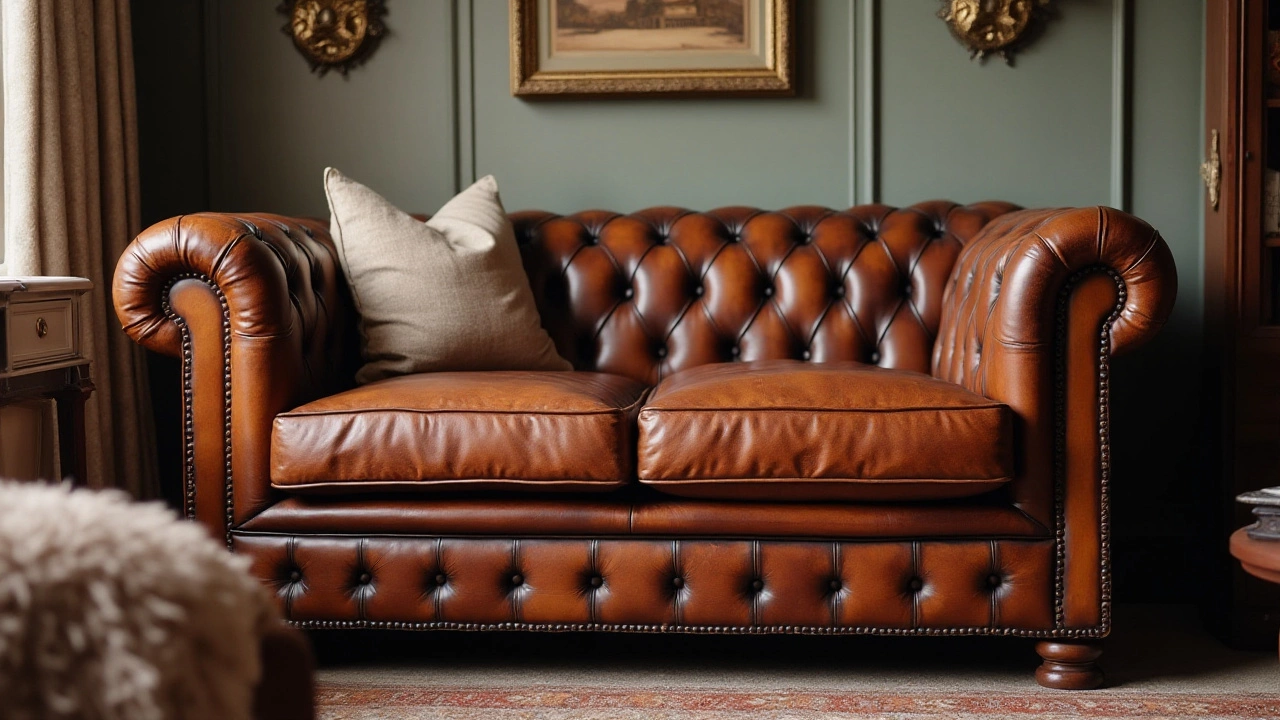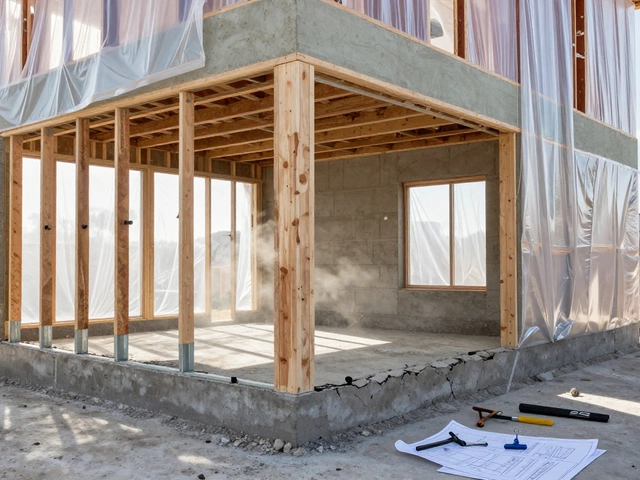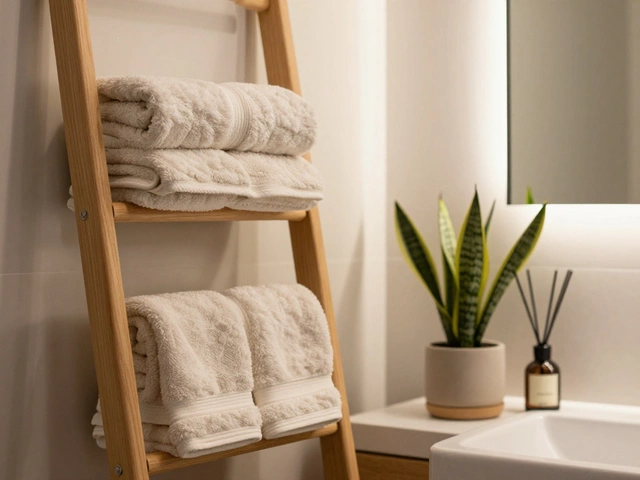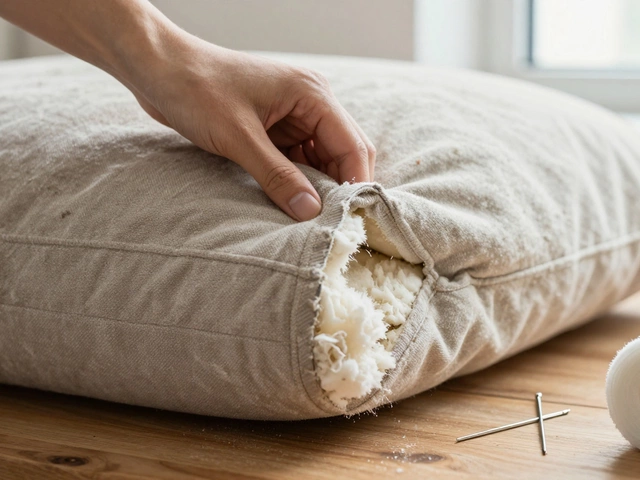Furniture Buying Guide: Timing, Storage, and Quality Tips
When it comes to Furniture Buying, the act of selecting, purchasing, and arranging home furnishings. Also known as furnishing purchase, it blends budgeting, style matching, and durability checks. A smart buyer knows that Biggest Furniture Sale Days, the calendar dates when retailers slash prices can shave hundreds off a sofa or dining set. Timing a purchase around these events is a core part of the process, and it directly influences the overall cost‑benefit outcome. Equally important is planning for Furniture Storage, how you protect bought pieces from moisture, pests, and mold before they find a permanent home. Ignoring storage needs often leads to warping, staining, or unwanted infestations, which erodes the value of an otherwise great deal. The decision to include a Sideboard, a low storage cabinet commonly used in dining areas adds functional appeal and can boost resale potential, but only if the piece matches the room’s scale and style. Finally, being aware of Furniture Mites, tiny pests that can damage upholstery and trigger allergies helps you pick materials that resist infestation, ensuring long‑term comfort. In short, furniture buying encompasses timing, quality, after‑care, and pest awareness, creating a roadmap that turns a simple purchase into a lasting investment.
Key Factors to Consider Before You Click ‘Buy’
First, set a clear budget and then map it to the biggest furniture sale days you’ve identified – typically Black Friday, post‑Christmas clear‑outs, and mid‑year stock‑clearance events. Use price‑tracking tools or retailer newsletters to stay ahead; a 30‑40% discount on a high‑end sideboard can make the difference between a splurge and a smart purchase. Second, examine the construction details: solid wood frames, dovetail joints, and reinforced legs signal durability, while particleboard or cheap veneer may betray a shorter lifespan. Third, think about future storage: if the item will sit in a garage or attic before installation, wrap it in breathable fabric and keep it off concrete floors to avoid moisture absorption. Adding silica packets or a dehumidifier to the storage area cuts the risk of mold, a common issue highlighted in our guide on preventing furniture mold in storage. Fourth, evaluate pest resistance – upholstered pieces made from tightly woven fabrics or leather are less attractive to furniture mites than loosely woven textiles. Regular vacuuming and keeping humidity below 60 % further reduces mite populations. Lastly, consider the piece’s role in the room’s flow. A sideboard placed against a wall can double as a buffet, a display shelf, or a hidden storage hub, but it should not obstruct traffic paths or overwhelm the space. By checking each of these checkpoints, you turn a purchase into a well‑planned addition that serves both function and aesthetic for years to come.
Armed with these insights, you’ll spot the right moment, the right material, and the right care routine before any checkout button. Below you’ll find a curated list of articles that dig deeper into each topic – from detailed sale‑day calendars and DIY storage hacks to pest‑free upholstery tips and sideboard styling ideas. Explore the collection to sharpen your strategy and make every furniture buying decision count.
Identifying High-Quality Sofas: Key Indicators and Tips
Choosing a high-quality couch involves more than just its aesthetic appeal. Consider factors like frame construction, upholstery materials, cushioning, and craftsmanship to ensure lasting comfort and durability. This guide highlights essential tips and common indicators to help you make a well-informed decision when purchasing your next sofa. Delve into the world of furniture quality with interesting facts and practical suggestions to enjoy a stylish yet lasting addition to your home.
full article




